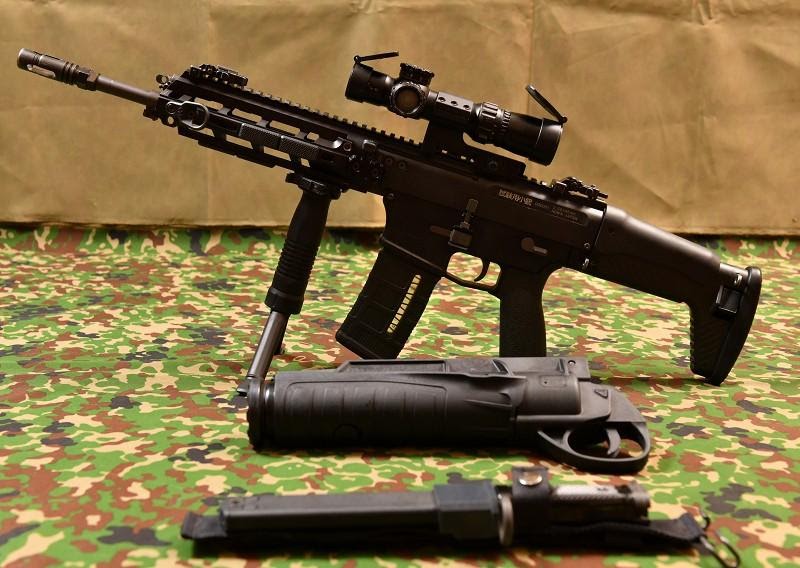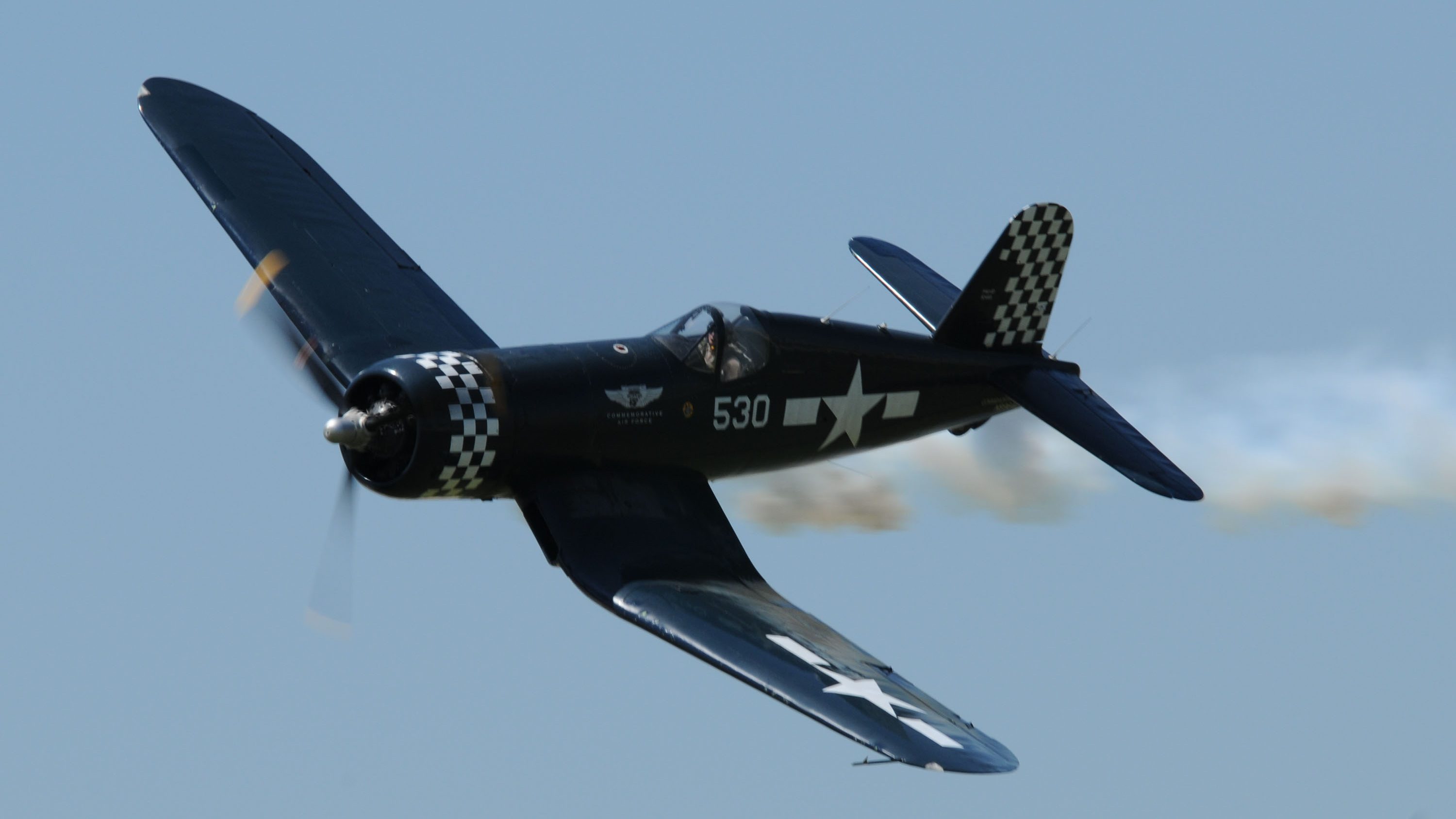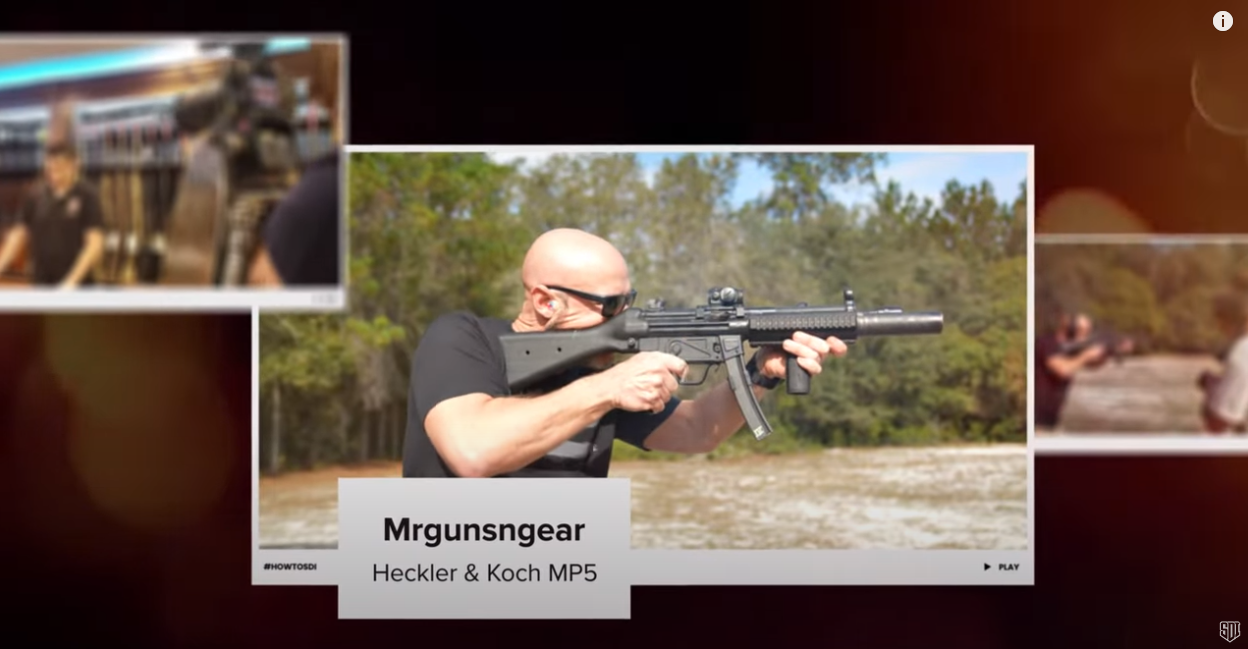
The Japanese have become legendary for quality manufacturing, from cars and trucks designed and sold by Mitsubishi, Subaru, and Toyota to electronics by Sony and Toshiba.
That technological know-how has remained largely peaceful ever since the nation’s defeat at the hands of the United States and its allies in the Second World War.
Article 9 of the Japanese Constitution, written in 1947 with guidance from the U.S., states the following: “Aspiring sincerely to an international peace based on justice and order, the Japanese people forever renounce war as a sovereign right of the nation and the threat or use of force as means of settling international disputes.”
That understanding has expanded in the decades since, however, and understood to include the natural right to self-defense. Accordingly, since July 1, 1954, Japan has maintained its Ground Self-Defense Force, Maritime Self-Defense Force, and Air Self-Defense Force.
Fast forward almost a half-century: in the immediate aftermath of the attacks on the U.S. on September 11, 2001, the Japanese government enacted new legislation that allowed the Japanese Self-Defense Forces (JSDF) to “contribute actively and on its own initiative to the efforts of the international community for the prevention and eradication of terrorism.”
The Japanese forces have given a good account of themselves, participating in disaster relief missions and peacekeeping expeditions in Honduras, Turkey, and Mozambique, and they also took part in relief efforts for refugees of the Rwandan civil war in Zaire and Kenya.
The Howa Type 20 is expected to enter service and replace the Type 89. It’s chambered in 5.56x45mm NATO and sports a STANAG magazine (translation: it can share mags with the M16). In trials by the JSDF, it managed to win against some pretty stiff competition: the Steyr AUG, the Heckler & Koch G36 and HK416, and the FN SCAR.
Why replace the Type 89? The Type 20 is reportedly more durable while continuing to chamber the venerable 5.56mm round. Multiple rails also come standard – a first for Japanese rifles. Other perks include a telescoping stock, ambidextrous safety, and it uses a short-stroke piston to operate.
Look for this new weapon to make its debut soon: it’s been announced that the first unit to be re-fitted will be the Amphibious Rapid Deployment Brigade.


